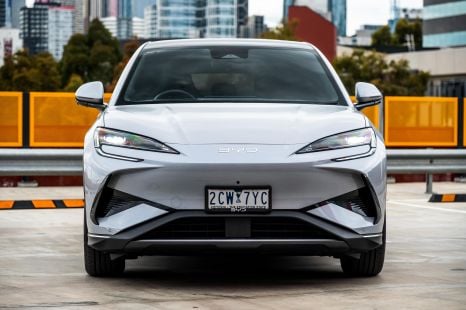

James Wong
2026 BYD Sealion 7 review
2 Hours Ago
You can choose between hybrid, PHEV and EV, but it's the latter we are reviewing here. Like all EVs it's expensive, but the 450km driving range is rural-friendly.
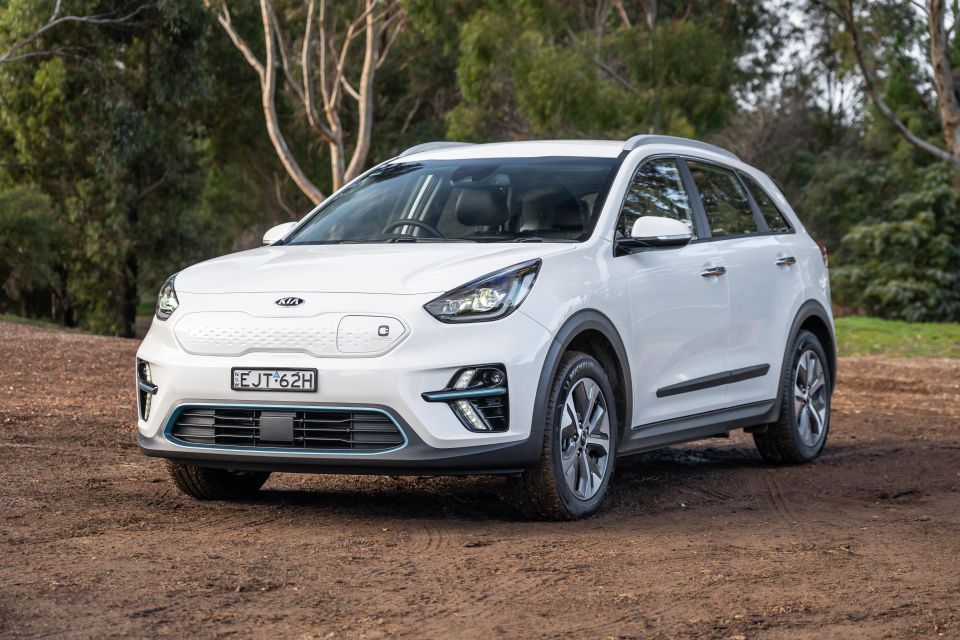
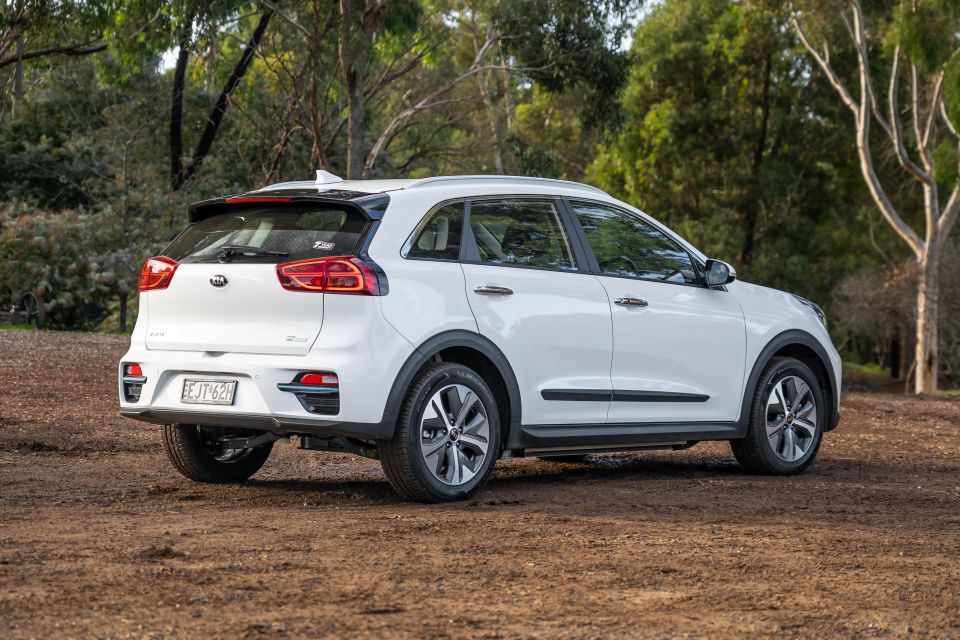

Senior Contributor
New from
$39,990
excl. on-roads

Senior Contributor
New from
$39,990
excl. on-roads


Senior Contributor
New from
$39,990
excl. on-roads

Senior Contributor
New from
$39,990
excl. on-roads
Quickly see how this car stacks up against its competition. Select any benchmark to see more details.
Where expert car reviews meet expert car buying – CarExpert gives you trusted advice, personalised service and real savings on your next new car.
Kia has launched its first all-electric car in Australia, the Niro, having been forced to wait a few years after the global premiere to secure supply.
The 2021 Niro EV is the updated model already sold in much of Asia and Europe, and brings to the table a sensible design, spacious cabin, and longer range than many urban-focused electric vehicles.
It’s also based on a five-year old design and is set to be replaced with a brand new model inspired by the awesome 2019 HabaNiro concept car during the course of 2022.
This buttoned-down crossover shapes up as a readymade alternative to the related Hyundai Kona Electric, the newly on-sale Nissan Leaf e+ extended range variant, and Tesla Model 3 Standard Range Plus that just had a price cut.

As importantly, it establishes Kia’s credentials as a brand set on reducing its environmental impact, ahead of the arrival of the swish EV6 halo car later in the year.
Australia’s EV take-up is far lower than other mature markets, but demand is nevertheless growing and Kia felt the need to get involved, despite the challenges to getting supply when there are no CO2 targets or nationwide subsidies.
Much like the Hyundai Ioniq, Kia actually sells the Niro as a hybrid, a plug-in hybrid (PHEV), and an EV, making the wider line-up something of a tech showcase.
But we’ve skipped the first two for now to focus on the range-topper for the launch review.
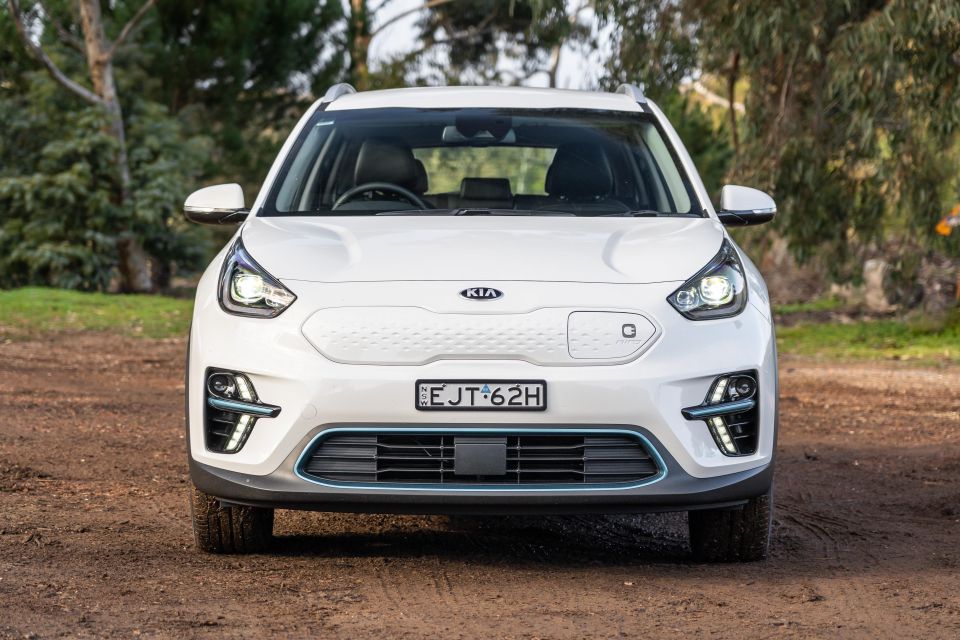
There are two spec grades to choose from: the Niro EV S costs $62,590 before on-road costs, and the better-equipped Niro EV Sport as tested here is $65,990 before on-road costs.
That makes it eligible for Victoria’s $3000 subsidy.
For context a Kona Electric Elite is $62,000 before on-road costs and a Kona Electric Highlander $66,000. A Nissan Leaf e+ is $60,490 before on-roads. A Tesla Model 3 Standard Range Plus is a very sharp (comparatively) $62,900 before on-roads.
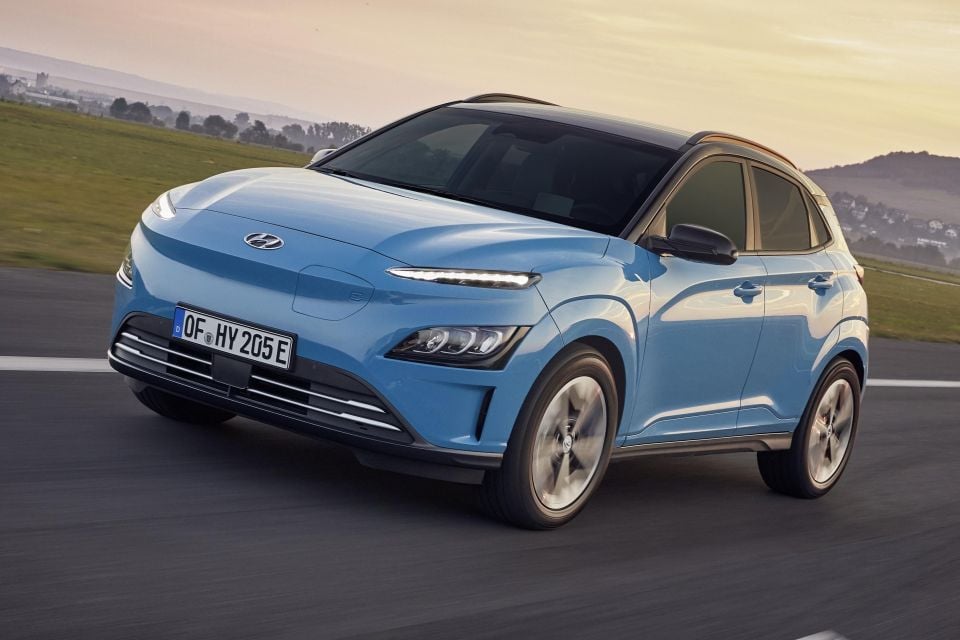
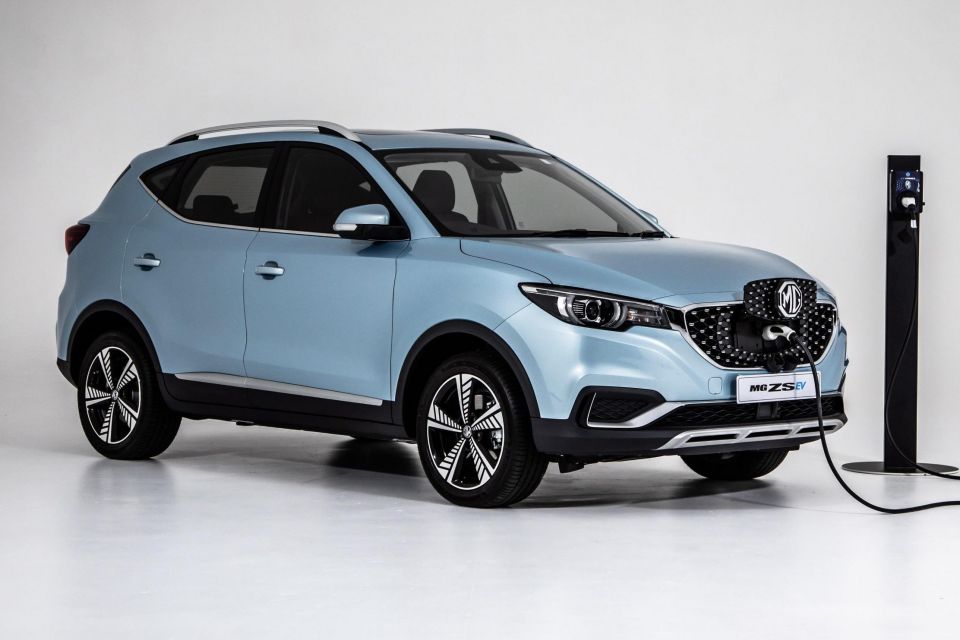

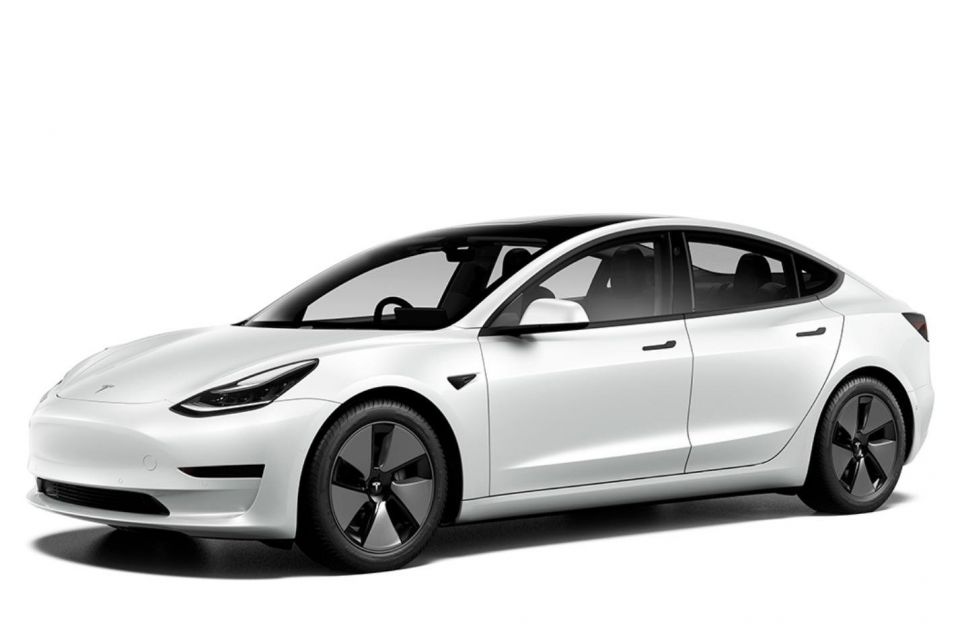
Other options are the smaller and shorter-range Mazda MX-30 E35 Astina at $65,490, Mini SE Electric Classic at $55,650, and BMW i3 S 120Ah at $71,900. Again, all these prices are before on-road charges.
The best value EV with similar packaging to the Niro is the MG ZS EV at just $43,990 drive-away, though as with the previous trio it offers a shorter driving range.
Lesson of the story? There’s still no such thing as a cheap electric car in Australia. But you wouldn’t say the Kia is overly expensive against its rivals – though once again, that MG and the base Tesla look like bargains…
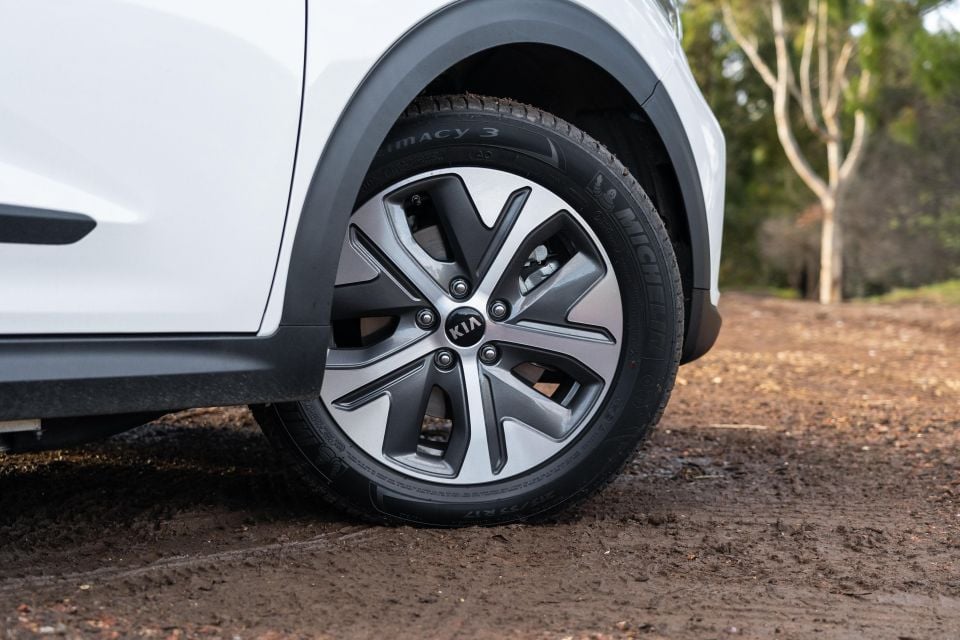
Buy your new car without the stress. It's fast, simple and completely free.

Great service from Travis and team, second time I have used this business would not hesitate to recommend them to anyone
Craig C.
Purchased a Ford Ranger in Sunshine Coast, QLD
CarExpert helped Craig save thousands on his Ford Ranger, now let us save you on your next new car.
Find a dealThe base Niro EV S grade comes with:
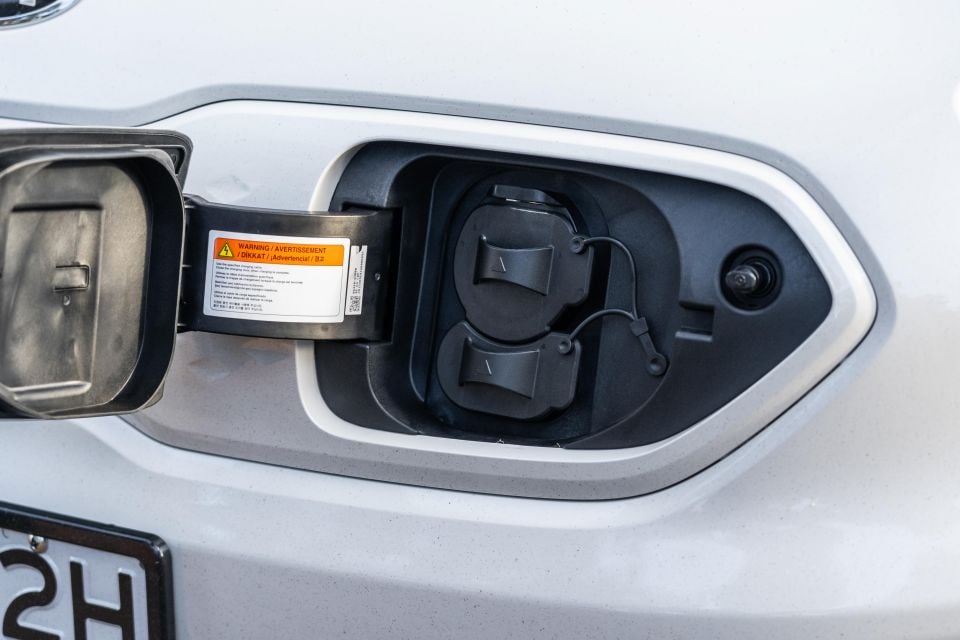
On the inside the Niro EV S gets:
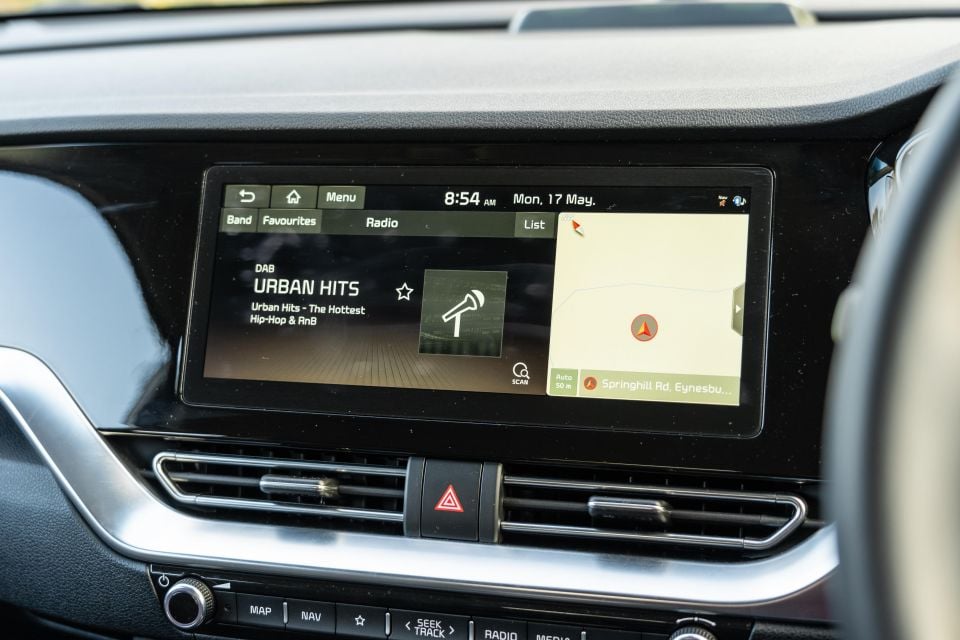
The $3400 more expensive Niro EV Sport as tested here adds the following:
On a side note, it’s odd that any EV doesn’t have LED headlights as standard.

While the Niro Hybrid and PHEV have five-star ANCAP crash scores with a 2016 date stamp, the EV is in fact unrated.
But it’s nevertheless well-specified with safety features including: dual-front, dual-front-side, and full-length curtain airbags, plus a driver’s knee airbag. There are also three top tether points and two ISOFIX anchors.
Active safety includes autonomous emergency braking (AEB) with pedestrian and cyclist detection, lane-keeping assist, leading-vehicle departure alert, a driver monitor, and active cruise control.
To this list the EV Sport variant adds blind-spot monitoring and rear cross-traffic alert.
In short, our test car can brake for obstacles if you don’t, mimic the speed of a car ahead while keeping safe distance, alert you to obstacles in your blind spots, and adjust the steering to keep you between road lines if the corner isn’t too tight.
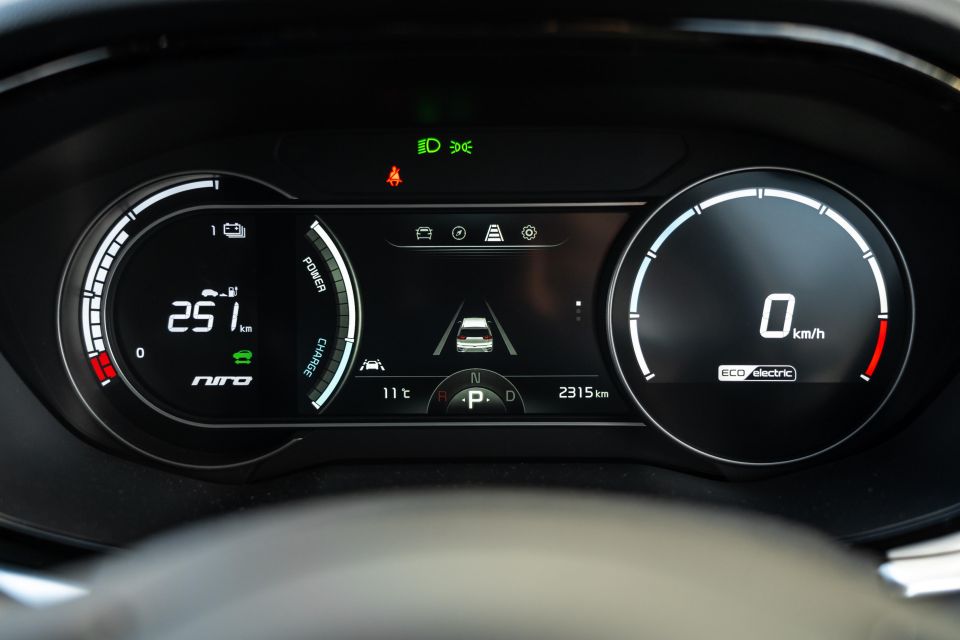

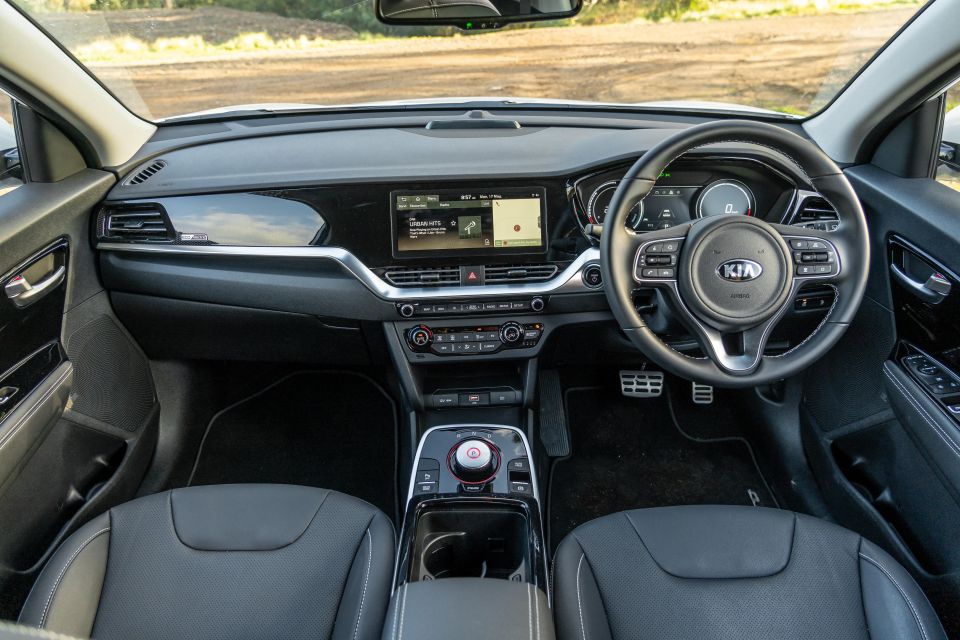
There aren’t many telltale signs that you’re climbing into an EV, aside from the cool rotary dial gear shifter that’s enabled by the shift-by-wire setup. It’s weighted and suits the task.
The seats are nicely trimmed and comfortable, and have electric adjustment for the driver, but are neither heated nor ventilated and don’t have memory presets.
The steering wheel may have the old Kia logo on its centre cap (that’ll change later this year), but it’s nicely trimmed and stitched, offers plenty of adjustment and has well-considered buttons on each spoke.
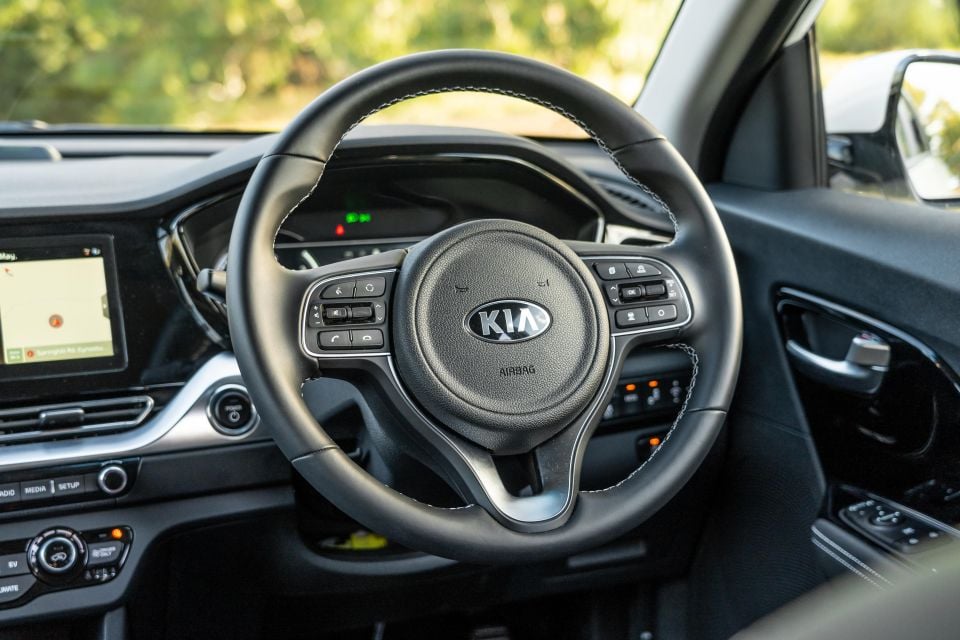
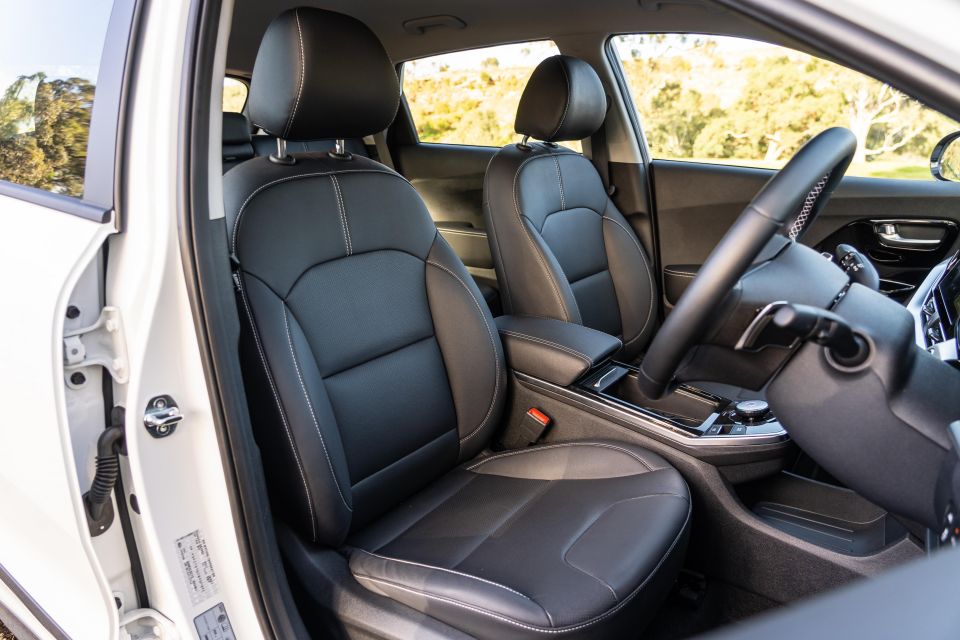
The digital trip computer is flanked by digitised speedo and tacho, and looks fantastic – all the more so for its simplicity. A head-up display would be a welcome addition.
The 10.25-inch centre touchscreen is embedded in the fascia rather than fitted to it like a tablet, and works great.
You can swipe and pinch like a smartphone thanks to quick data processing, display multiple menus and once (eg. maps and audio), and press shortcut buttons below to get to preset menus.
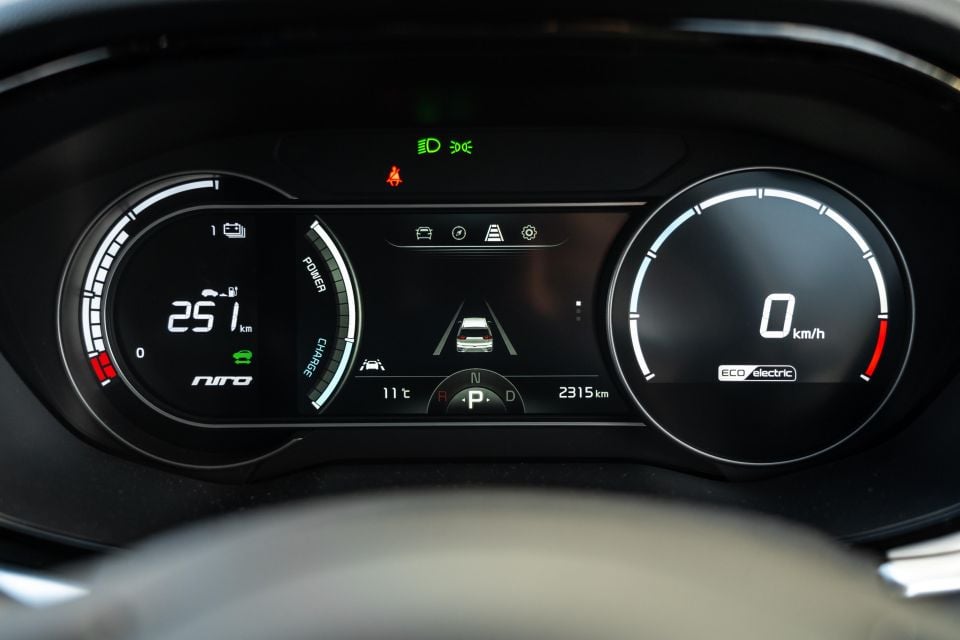
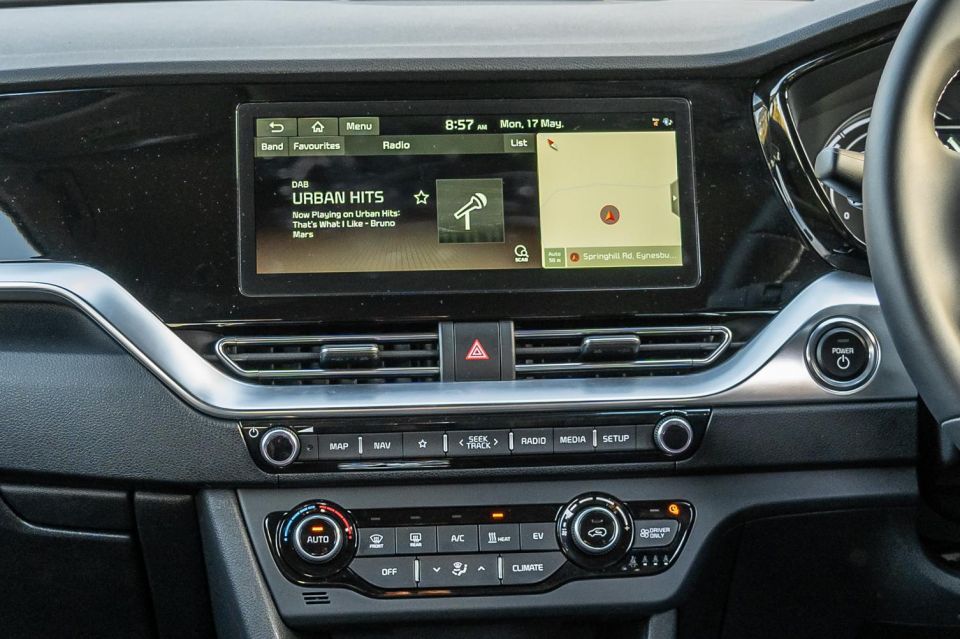
There are also various menus devoted to charge management functions, showing you your state of charge and range, and directing you to nearby charge stations provided your maps are up to date.
The reversing camera is fine, but I can’t help but think a swish 360-degree camera better suits an expensive electric car.
The single-zone climate control system is a ripper, especially the Europe-ready heating that proved helpful on a freezing Melbourne night. You can also press a button to make the A/C or heating only target the driver’s side to save energy.
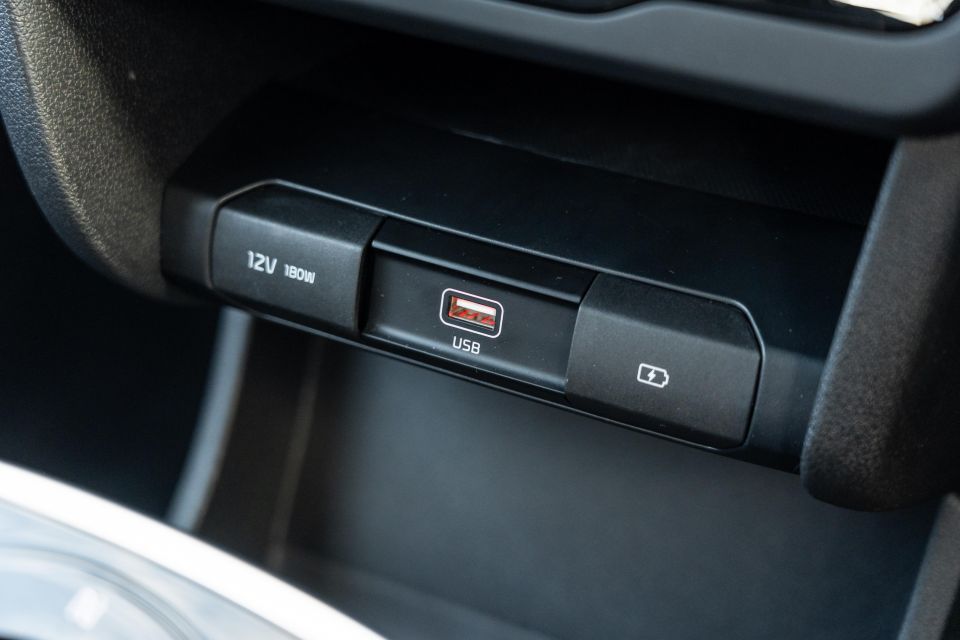
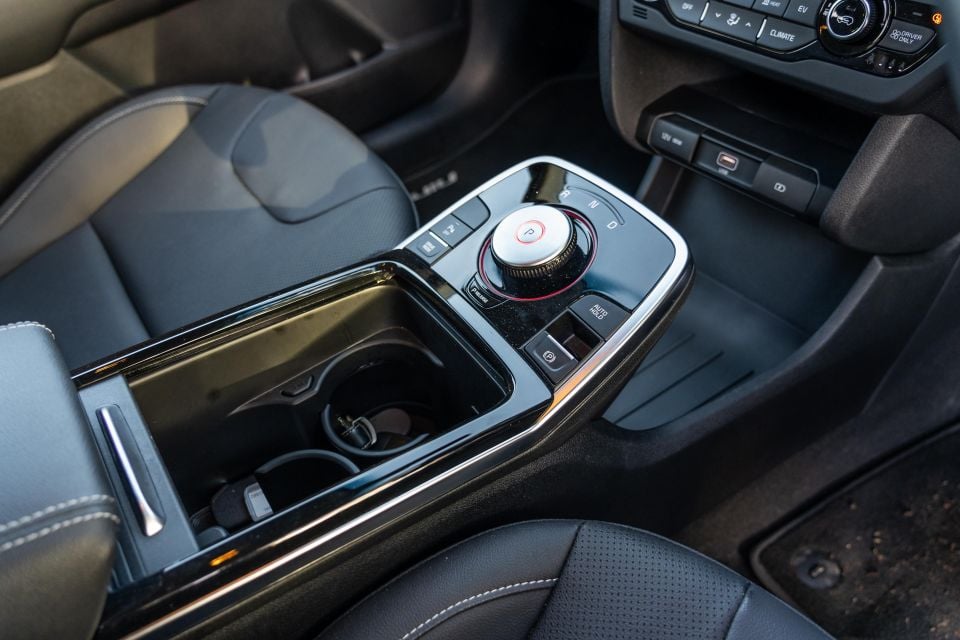
Up front you get three USB points and a 12V socket, but there’s no wireless charging pad.
Storage options are plentiful, with the centre tunnel alone offering a console plus a large closing cubby with deployable cup holders, and a two-tier open stowage area below the fascia.
The build quality is hard to fault, and while the materials don’t scream ‘premium’, they’re fine. That said, there’s too much dust- and scratch-enhancing glossy black trims everywhere which are sure to age poorly.
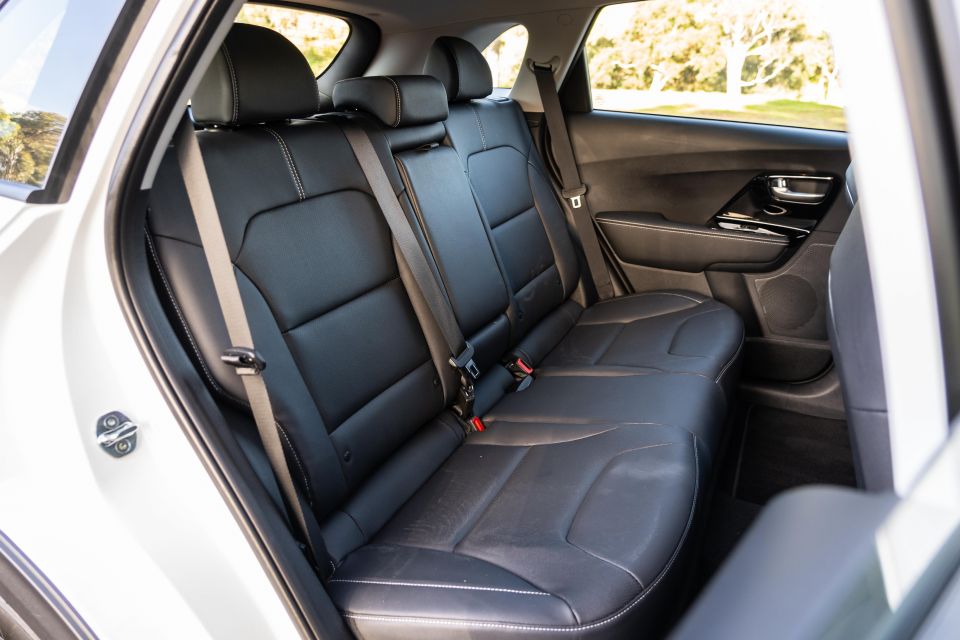
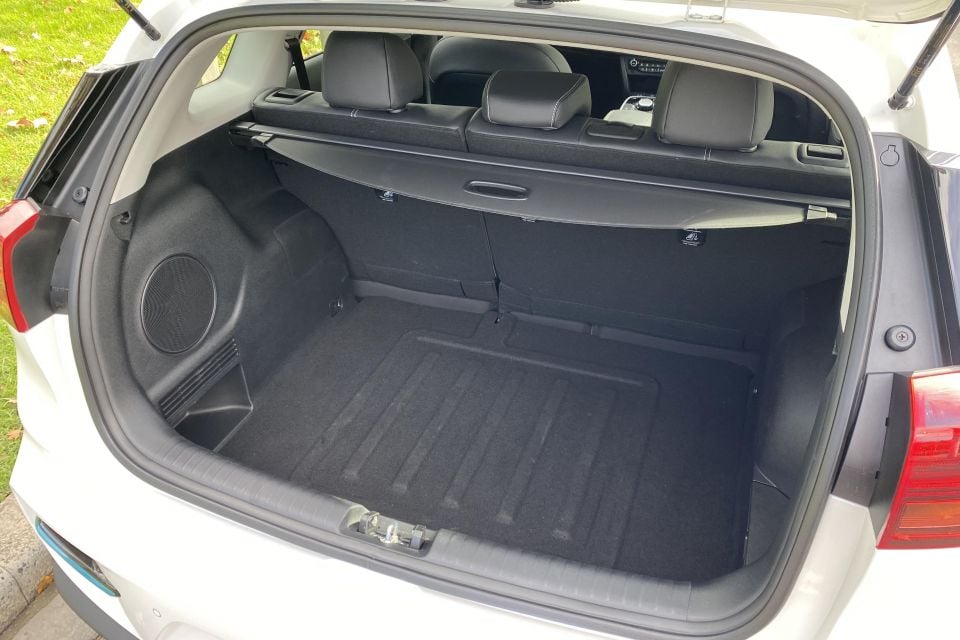
The back seats are good, with space for my 194cm frame behind my preferred driving position. I ferried around four people a few times with no complaints.
The boot is a spacious 451 litres, which is actually more than either the PHEV or regular hybrid offer.
On an airport run I easily fit two large check-in suitcases without fuss. It’s certainly roomier than a Kona.
| Kia Niro | Hyundai Kona | Nissan Leaf | |
|---|---|---|---|
| Length | 4375mm | 4205mm | 4490mm |
| Width | 1805mm | 1800mm | 1788mm |
| Height | 1570mm | 1570mm | 1540mm |
| Wheelbase | 2700mm | 2600mm | 2700kg |
| Max weight | 1791kg | 1743kg | 1736kg |
| Boot space | 451L | 332L | 405L |
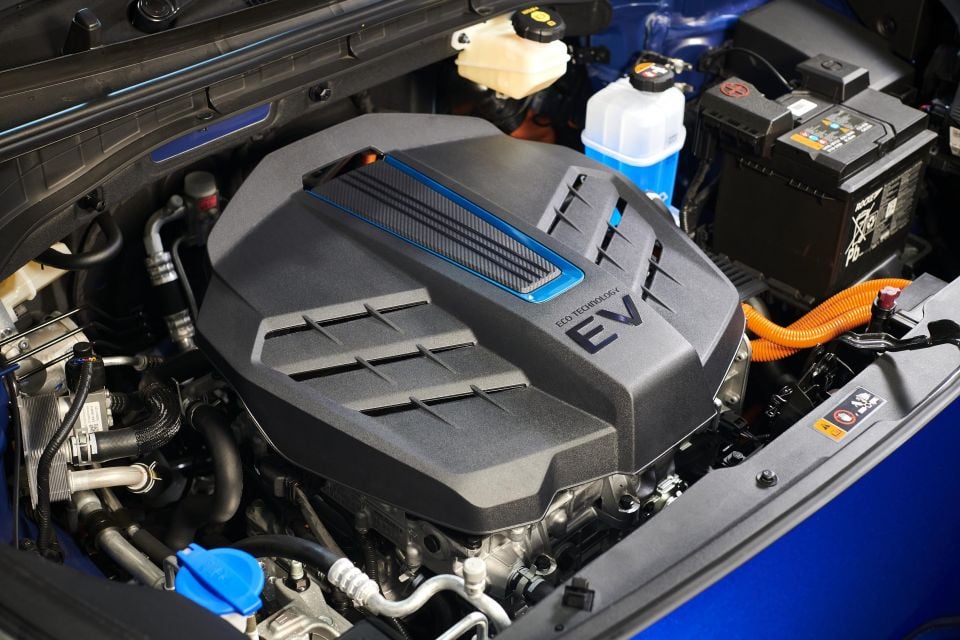
Where expert car reviews meet expert car buying – CarExpert gives you trusted advice, personalised service and real savings on your next new car.
The Niro EV is front-wheel drive. The wheels are driven by a permanent magnet synchronous electric motor making 150kW of power and 395Nm of instantaneous torque, via a single-speed transmission (reduction gear).
The lithium-ion polymer, liquid-cooled battery pack in the floor has 64kWh of energy storage capacity, and the pack weighs 457kg. Assuming average energy consumption of 159Wh per 100km this gives a generous range of 455km on the European WLTP driving standard.
This is the same drivetrain as the Kona Electric but the Hyundai is more efficient and therefore has a longer 484km range.
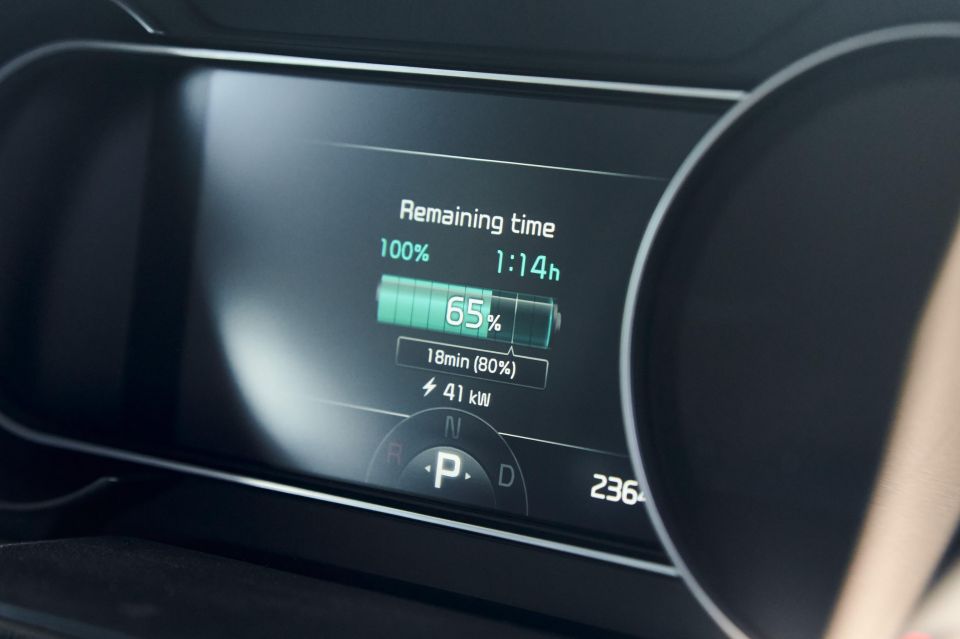
But, the Niro’s range claim outstrips the base 54kWh Tesla Model 3’s WLTP range of 448km, the 62kWh Leaf e+ with its 385km range, the 44.5kWh MG ZS EV’s 263km range, and the Mazda MX-30’s meagre 200km range.
The best ways to charge are either through a house AC single-phase 7.2kW-capable wallbox overnight (empty to full in about 9.5 hours), or at a DC fast charger that’ll zap you from empty to 80 per cent in between 54 minutes (100kW station) or 75 minutes (50kW station).
Kia will arrange an EVSE wallbox installation for just under $3000 in most cases. The DC public charger network with CCS Type 2 plugs is growing, through providers such as Chargefox. Kia’s dealers are also installing chargers.
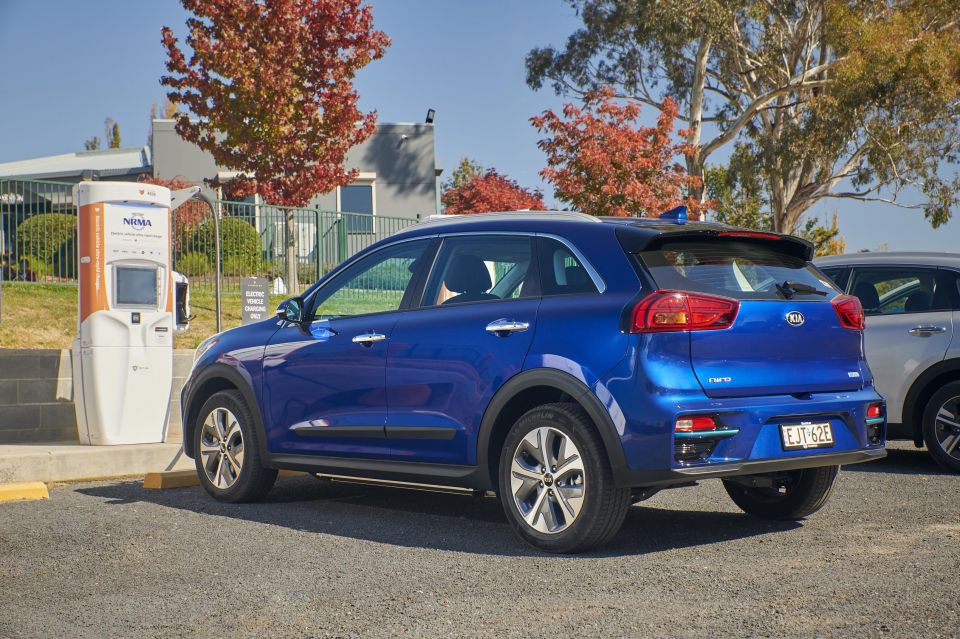
Quick specs:
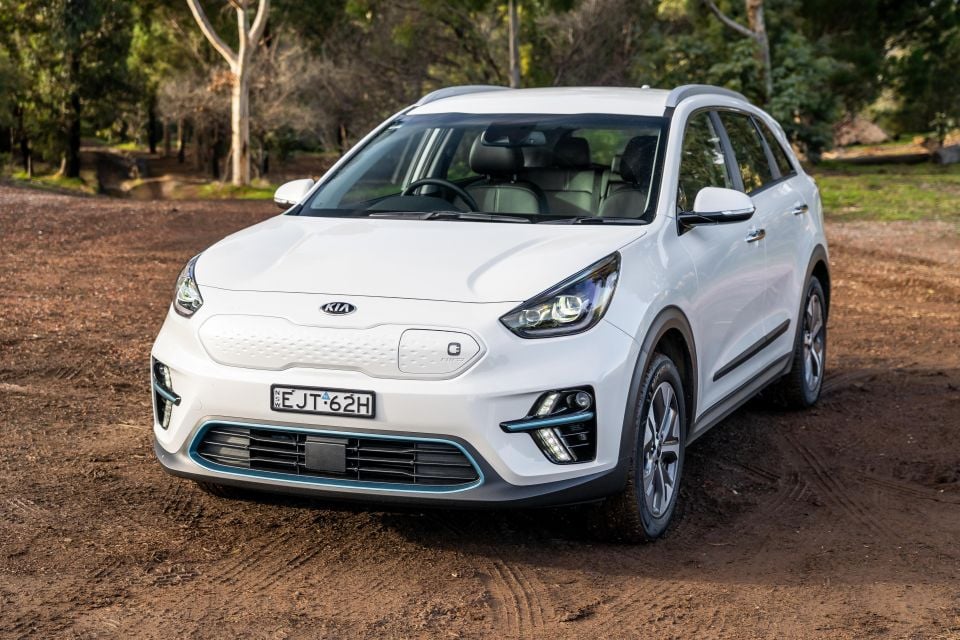
Like all EVs it has heaps of instant poke because the motor delivers torque from zero revolutions.
I managed a 7.8-second 0-100km/h dash and even chirped the front tyres when trying to bolt off the mark, and it’s even more contextually pokey up to 60km/h before the motor tapers off.
It’s utterly silent under heavy throttle, except at super low speeds where it emits a space-age hum to alert pedestrians to your presence.
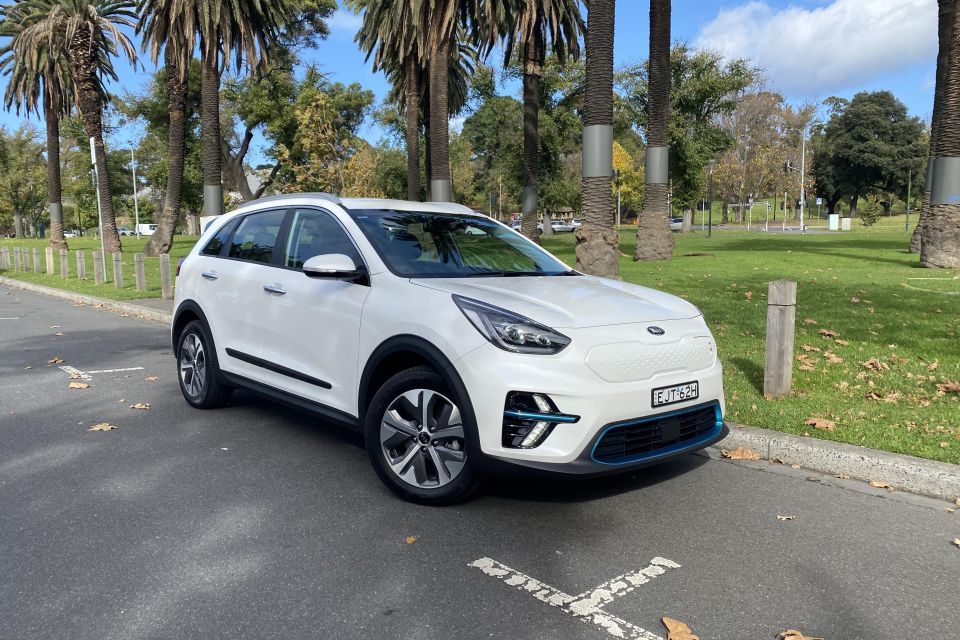
My route was a 194.6km loop, and the trip computer said I drove 87 per cent economically, 10 per cent normally, and 3 per cent dynamically.
The yield was consumption of 15.1kWh per 100km, though the ambient temperature dipped below five degrees which always hinders range. In general stop/start driving at midday I saw a figure of 14kWh per 100km.
Regardless, the driving range you can expect to get is between 350km and 450km depending on how hard and fast you go, how much you’re carrying, and the weather. The 455km WLTP claim is achievable with some care.
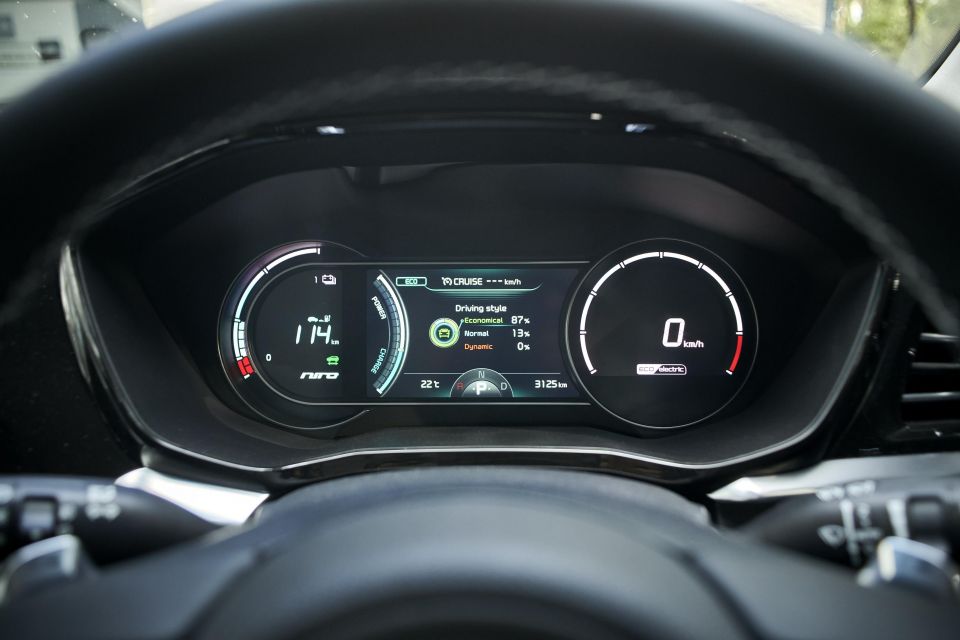
Visiting a DC charger, I was able to draw 46kW into the vehicle and added about 115km of range in 30 minutes while grabbing a quick bite.
There are various driving modes that sharpen up the throttle response and load up the steering, and four levels of brake-energy recuperation controlled by the tactile paddle shifters. If you hold down the left paddle you can use the brake regen to bring to car to a stop, like a Nissan Leaf.
The dynamic setup comprises strut front suspension and multiple linkages at the rear, passive dampers, motor-driven steering, and Michelin Primacy 3 tyres.
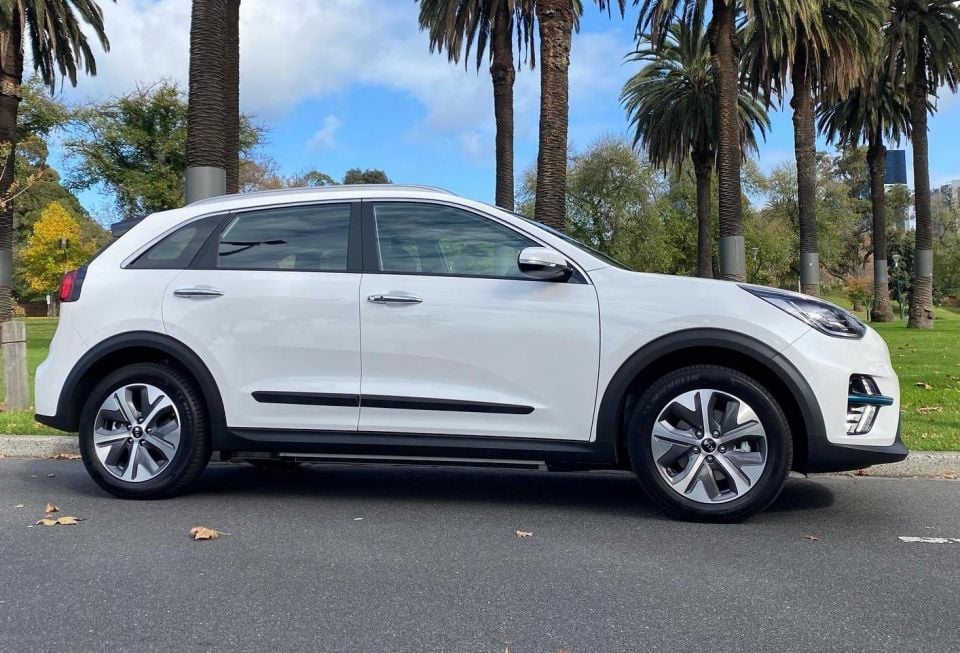
Unlike all other Kias, the Niro doesn’t benefit from an Australia-specific spring/damper/bar tune, instead using the European setup. The stated reason is that the Niro is a niche car here that’s late in its life cycle, so why spend all that engineering budget?
It’s generally a pretty comfy car, able to round off smaller road imperfections, while the steering is nicely weighted and responsive, and the 70dB road-noise reading I got at 100km/h is entirely reasonable despite the lack of ambient engine noise.
The Niro can’t entirely hide the added EV weight though, in that at higher speeds and through corners, it doesn’t feel overly light on its feet. However for the most part it’s a consummate urban commuter.
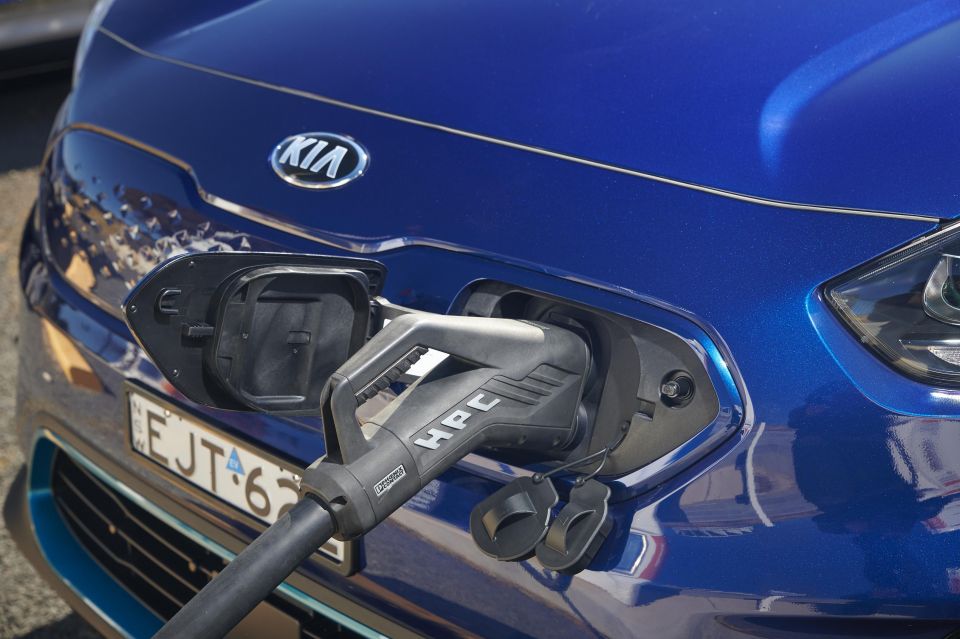
All Niros get a seven-year, unlimited-kilometre warranty with roadside assist, except the battery which only has seven years or 150,000km of warranty.
The battery warranty applies if the total capacity has fallen below 75 per cent after seven years.
You can pre-purchase servicing at intervals of 12 months or 15,000km. Three years of servicing is $1164, five years $1728, and seven years $2800 – an average of $400 per year all up. The most expensive component is replacing the battery cooling liquid.

It’s not the last word in sexy exciting design, and like all EVs it’s pretty expensive. No doubt the 2022 model styled on the HabaNiro will change one or both of these things.
But the Niro is more practical than a Hyundai Kona, and has more range than a Nissan Leaf or MG ZS EV. It also has plenty of zip and a well-considered cabin.
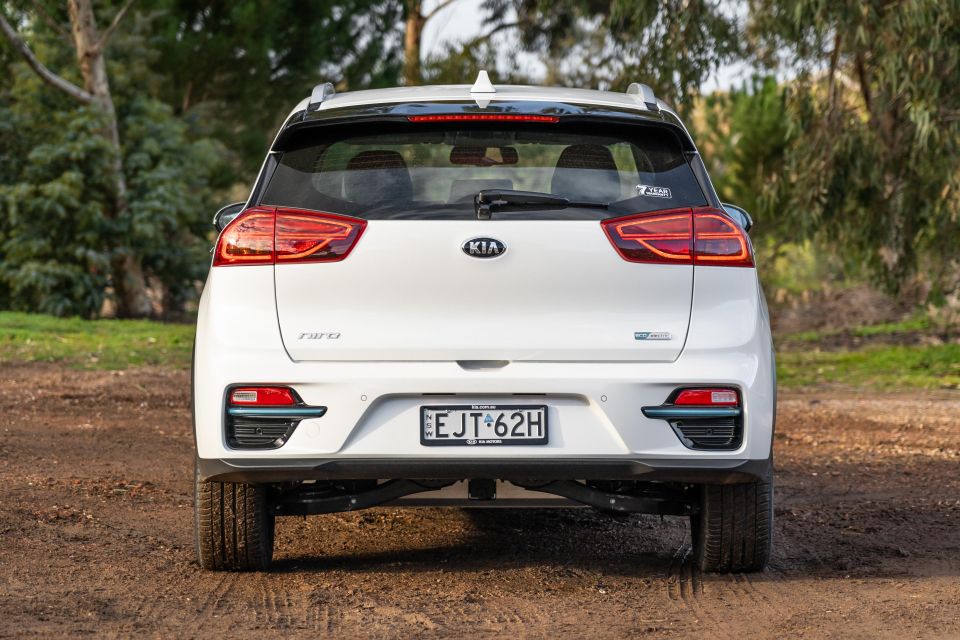
Click the images for the full gallery
Where expert car reviews meet expert car buying – CarExpert gives you trusted advice, personalised service and real savings on your next new car.


James Wong
2 Hours Ago


Damion Smy
11 Hours Ago
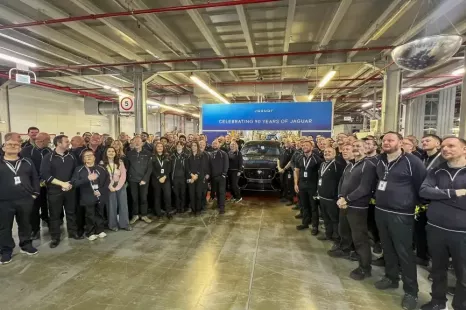

Damion Smy
14 Hours Ago
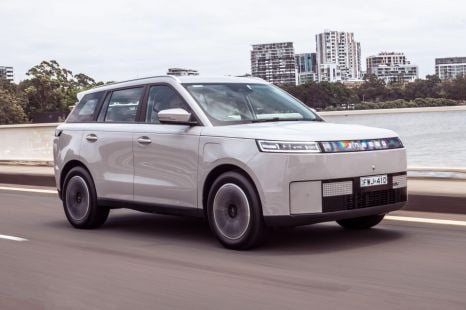

Josh Nevett
16 Hours Ago
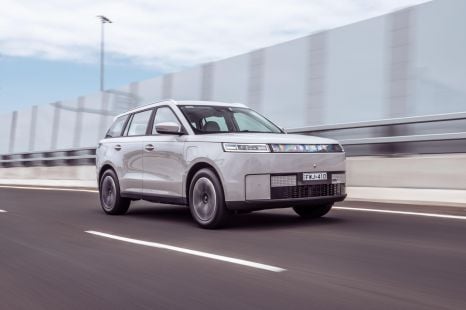

Josh Nevett
16 Hours Ago
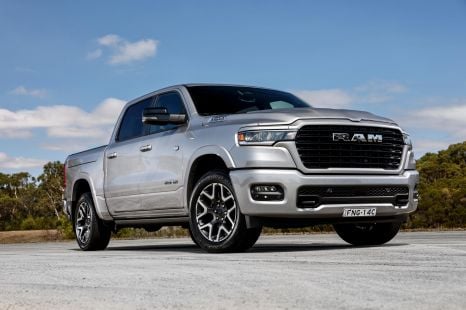

Damion Smy
17 Hours Ago